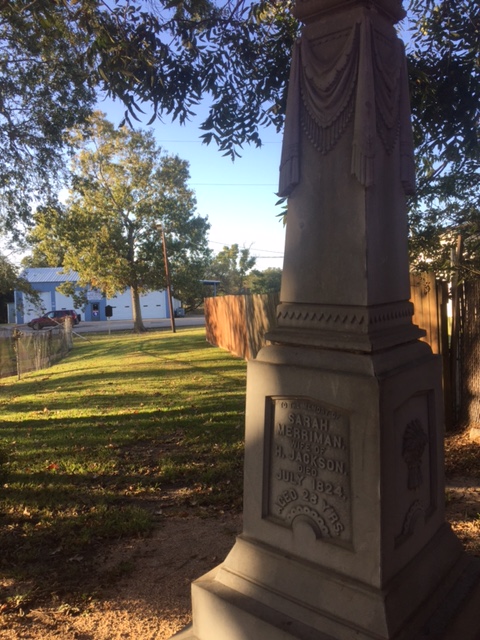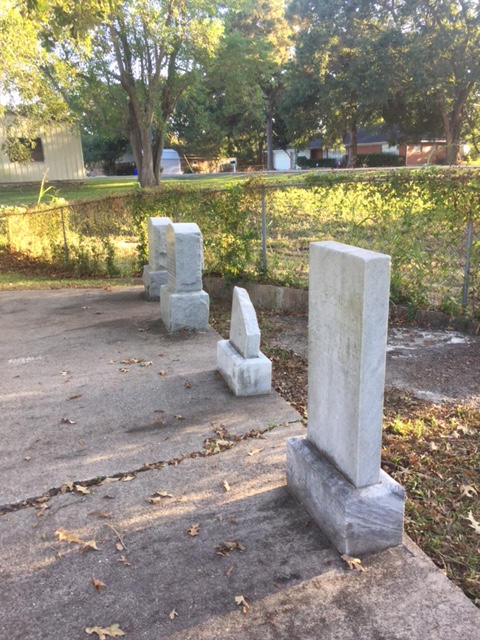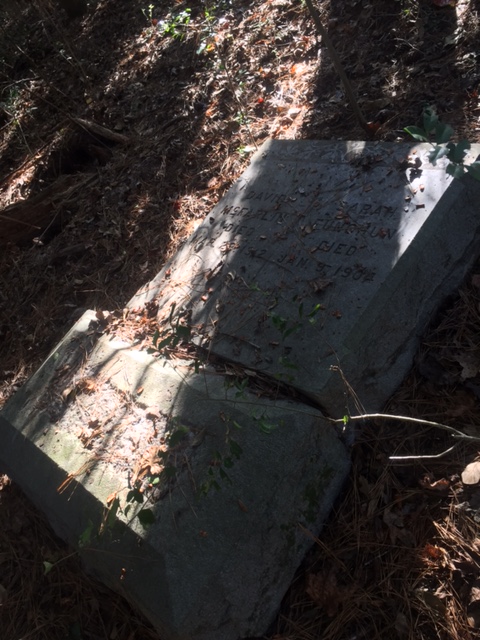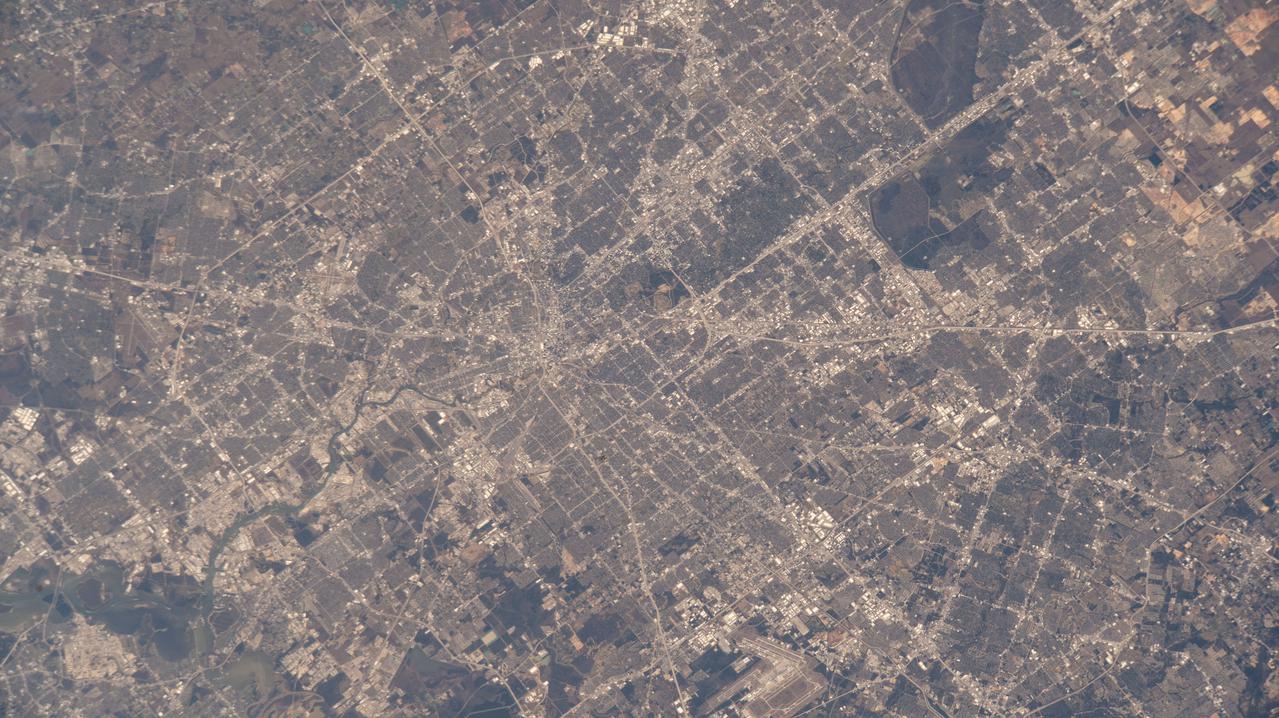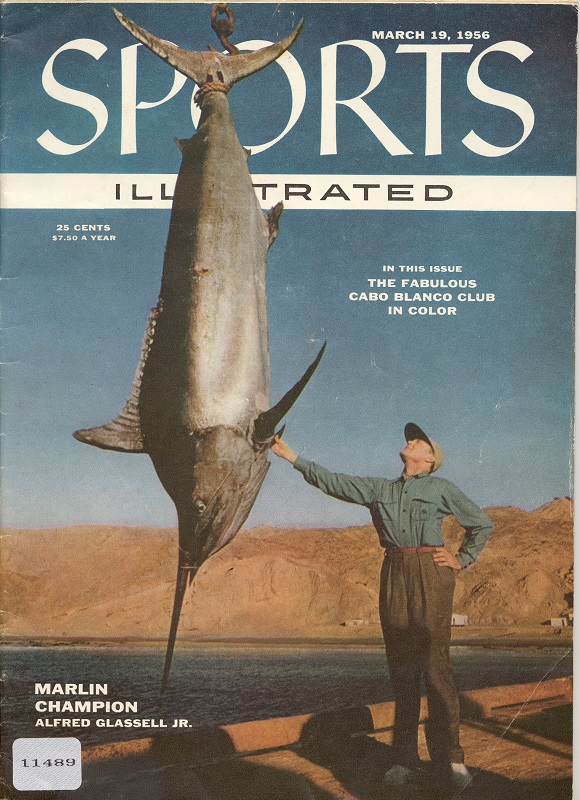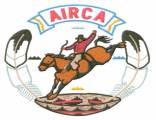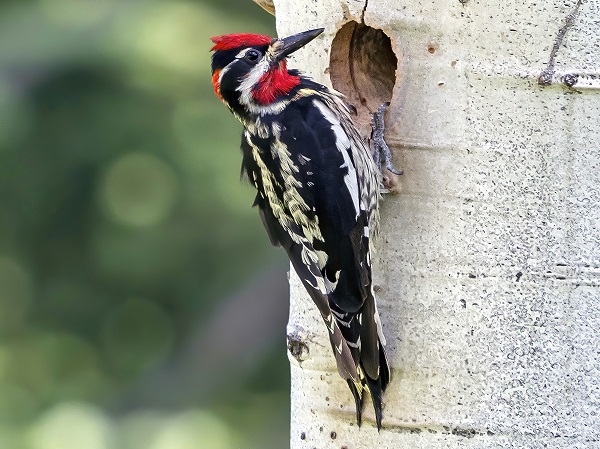I spent this past Saturday in a graveyard. But not just any graveyard, it was a forgotten one. I had first learned of its existence in a dusty volume published by the Crosby Historical Society in the early 90’s. Photocopied articles within described an African American Cemetery discovered by children in the Spanish Cove subdivision of Crosby, Texas.
Growing up in Crosby, Texas, I was well aware of the thick forests and swamps that separated our community from the Houston area. That was part of the charm of living there, the relative isolation. When I was little I used to explore the forest with friends, playing hide and seek in the fishing cane, riding our bikes on dirt trails, it was all good fun. But I was never aware of the graveyards in those forests.
Back in high school while doing some research for a history project, I came across the legend of the Black Hope Horror. According to Texas folklore, there was a world famous haunted house right down the road from where I lived! Being a teenager and thus bored with all of the usual outdoor activities available to me, I was thrilled to learn about something that could rekindle my interest in my hometown.
Memorial to Humphrey Jackson and his wife Sarah Merriman Jackson, the original settlers of the Crosby area and one of Stephen F. Austin’s “Old 300”
In the early 1980’s, Sam and Judith Haney built their family home in the Newport subdivision of Crosby, Texas. One summer as they were digging a swimming pool in their backyard they made a grisly discovery—two bodies. The couple immediately began some research and were able to track down one of the original graveyard employees. Not only did he know about the bodies but he knew their names—Betty and Charlie Thomas. According to him, the property was originally used as a cemetery until the 1930s by an African American community located in the area and since it was not officially registered with Harris County over time it had been forgotten.
The bodies were respectfully re-interred on the property, and that’s when the paranormal activity supposedly started happening: things like toilets flushing over and over again, strange smells and shadowy figures appearing. The Haney’s and some of their neighbors sued the developer of the subdivision for not telling them that there was cemetery on the property, but they lost the suit because they had no proof that there was an entire graveyard located on the site, and not just the two isolated burials.
Hollingsworth Cemetery, named for Crosby’s first doctor, whose family is interred here.
In preparation for this article, I began researching the so-called “Black Hope Cemetery” and turned up very little. I was unable to turn up any verifiable evidence that there was a cemetery called “Black Hope” on the site or that the identifications of the bodies were accurate. All I knew for sure was that there were bodies under several houses in that subdivision, and I knew that because several eyewitnesses have told their stories to local media. One witness even wrote a book about the event. Unfortunately, these stories tend to be anecdotal, and don’t provide a firm starting point for research.
So where did my research take me? Well, it was about 4:30 in the evening on October 29th, and I was pushing my way through the thick brush just a hundred yards behind the quiet suburban neighborhood of Spanish Cove in Crosby, Texas. Accompanying me was my Mother and two of her friends from her real-estate office who had been to the ancient cemetery before. We searched for a long time, but the vegetation was so impenetrable it made the weathered headstones nearly impossible to locate. In the waning afternoon light, we finally we came upon it—a series of sunken depressions in the ground with a few crumbling granite tombstones still visible several yards beyond.
Tombstone of David McFarlin and Sarah Funghun.
The newspaper article that had led me to the site claimed the cemetery belonged to an African American community situated somewhere in what is now the Spanish Cove neighborhood, about five miles from Newport. One of the tombstones had the names of David McFarlin and Sarah Funghun, who died in 1912 and 1904, respectively. The granite memorial had been overturned, possibly by vandals or weather, but the heavy base still stood upright, the inscriptions on its front: “Father” and “Mother” obscured by moss.
“Father” and “Mother” inscribed on the base of David and Sarah’s tombstone
As I took pictures, one of my Mother’s friends mentioned that the graveyard is surrounded by private property “land locked, as it were” he said. This makes it difficult for anyone to go in and clean the place up because they would have to cross private property in order to do it.
On top of that, the area is rapidly being developed, large sections of the forest between the Newport subdivision and Spanish Cove are being cleared for a new trade school and several residential neighborhoods that are currently in the planning stages. All along the country road that runs between the two subdivisions, large gas stations are popping up in preparation for the new developments. Currently they stand alone in fields, but soon they will be in the midst of a busy, residential area.
Areas like Crosby were historically very isolated. The nearest stores or postal routes were several days journey by horse and wagon. A quick trip to the grocery store was hardly an option so people had to live with what was around them. Small settlements popped up that might include one or two large land owners, some of the people who rented land from them, and smaller farmers in the area, These little communities had their own church, their own school, they traded and bartered with each other for the supplies they needed. Journeys to town were undertaken only for hard-to-get necessities like coffee or machinery. Often times the communities would be made up of members of a particular religion or ethnicity. There were several African-American settlements in the area, and a few Czech Catholic settlements. Settlers’ faith and culture played a big role in where they lived, as one could hardly ride their wagon for three days to visit the nearest Catholic church.
But as the railroad, the automobile and paved roads were introduced to the area, people became more mobile and these communities became less important. Crosby didn’t really exist until the Railroad came, but from then on it grew in size and importance. Nowadays, the small settlements that dotted the area are gone, but the graveyards belonging to the many churches and family plots remain. Every once in a while, kids exploring the woods or a backhoe digging a pool, might rediscover one.


